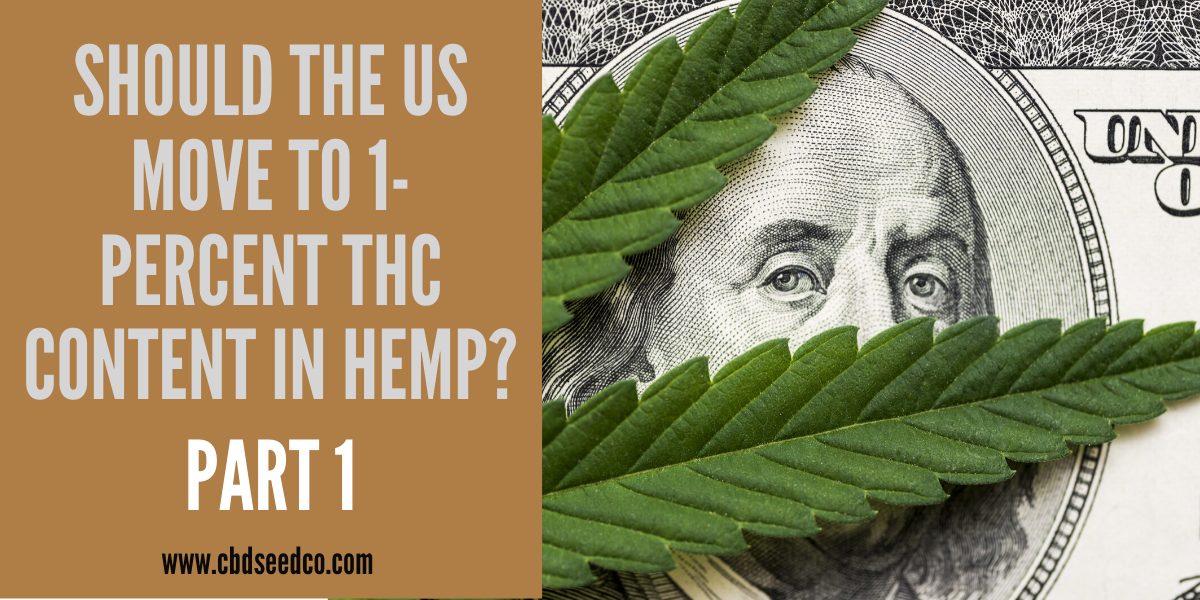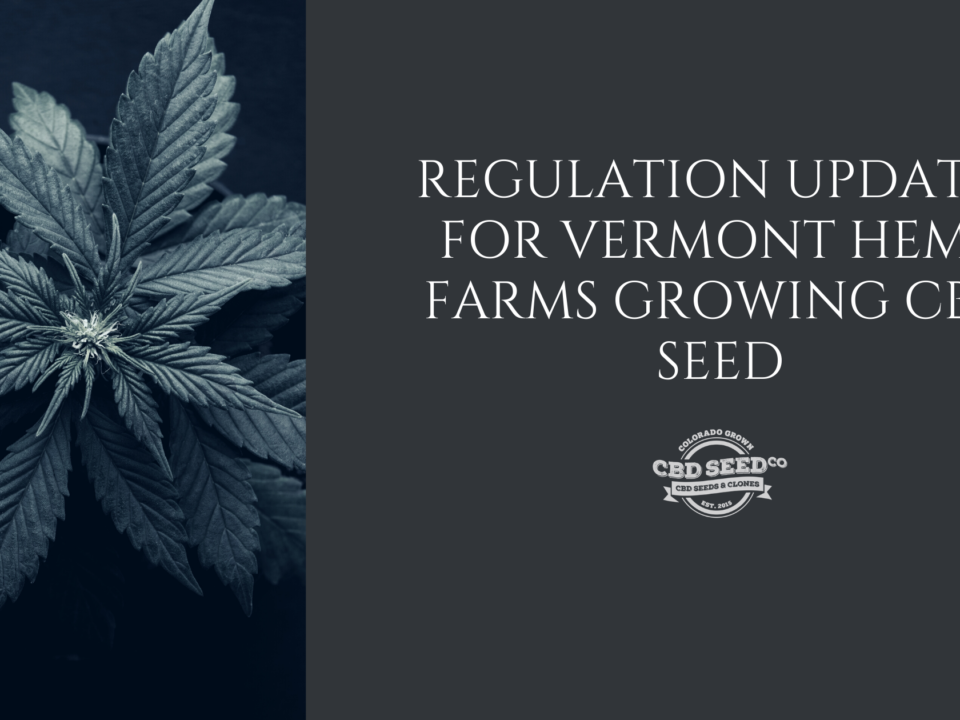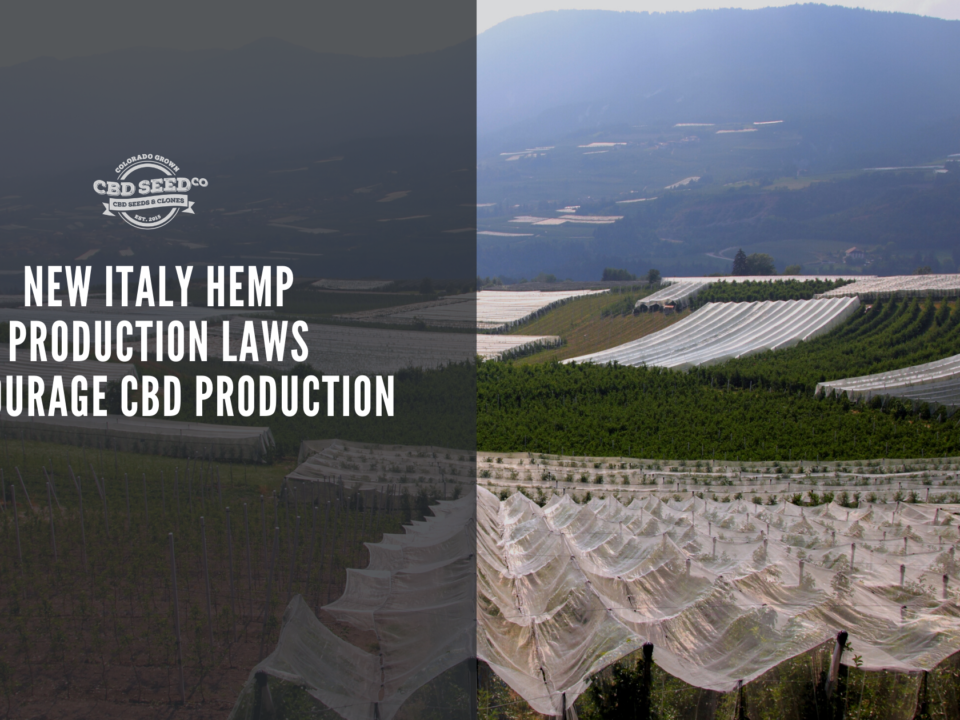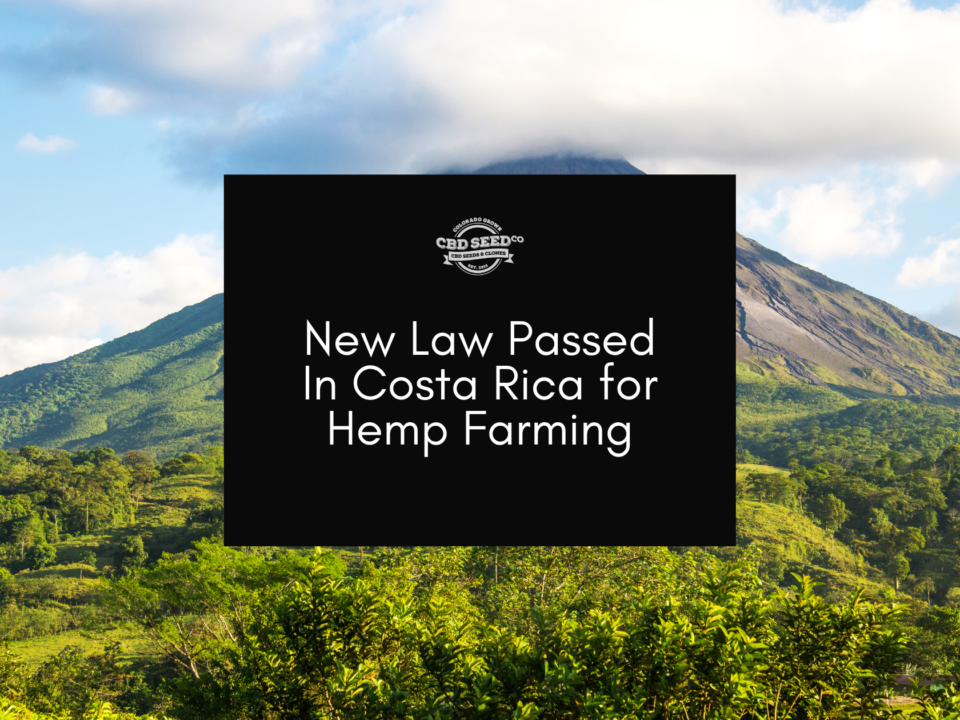Should The US Move To 1% THC Content in Hemp?: Part 1

What Kind of Fertilizer Does Hemp Need?
February 27, 2020
Should The US Move To 1% THC Content in Hemp?: Part 2
February 28, 2020For any farmer looking to dive into the world of hemp the .3% cap on the crop becomes pretty clear right away. This is now the federal law–which most states have chosen to adopt. But is this law already antiquated? And does 1% THC make more sense to allow hemp US farmers to compete and succeed in a growing world hemp market?
Quite possibly, yes.
How Did The .3% THC Content Law Come To Be?
Before the 1900s hemp was a major American crop–grown prolifically for things like rope, fabric, and paper. At the beginning of the 20th, people in the US began to fear marijuana usage. Starting as early as the 1920s, hemp started to get a bad rap in the US as Americans started to fear marijuana usage. At that time, higher THC Cannabis Sativa L plants were being imported to the US and used for recreational purposes (to get high). In response to this, a .3% standard was adopted based on the research of Canadian scientists. The scientists never intended for this to become a national standard for psychoactive effects but rather an arbitrary baseline for testing in the blood. Suffice it to say, no real correlation exists between .3% and the psychoactive effects nor was one ever truly established. From the 1930s on hemp laws remained more or less the same save heavy taxation to dissuade farmers from cultivating hemp. It wasn’t until the 1970s that all hemp became illegal, due to a renewed vigor for the “war on drugs”.
When Was Hemp Made Legal in The US?
Recent farm bills of the late two-thousand teens have once again put hemp for industrial applications into play as a cash crop for American farmers. These legislations have essentially lifted the ban on hemp seeds, hemp cultivation, hemp by-products hemp processing and transportation–as long as their THC levels remain under 3-percent.
But what could moving to 1% do for the US hemp industry?
We explore this in part 2 of “Should The US Move To 1% THC Content in Hemp?”
For more information on fine CBD seeds that are guaranteed to be below .3% T contact CBD Seed Co today!





